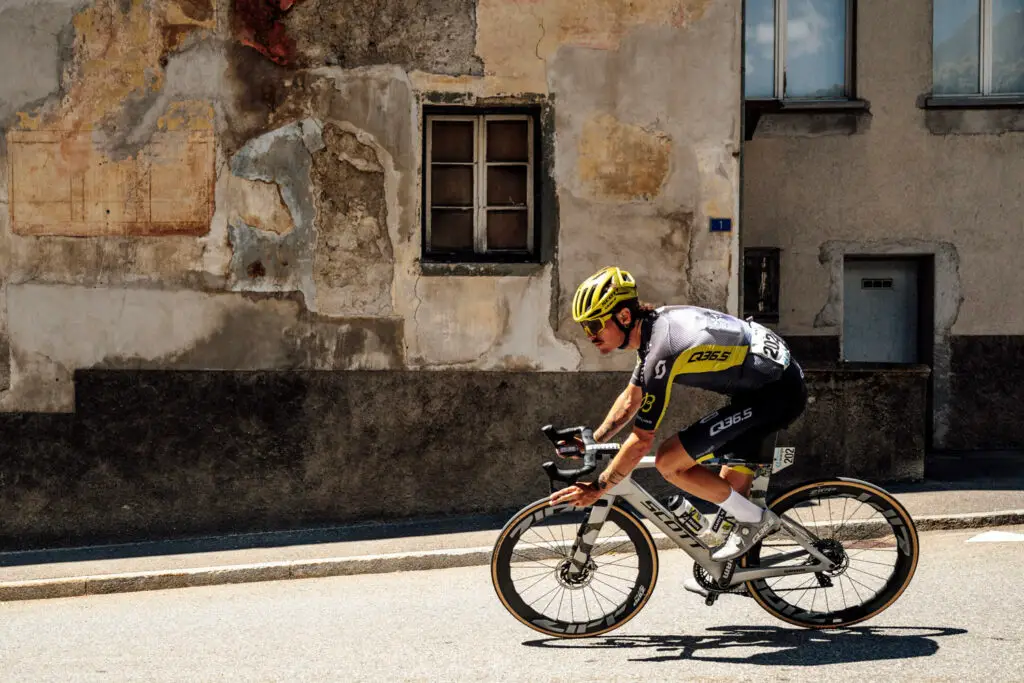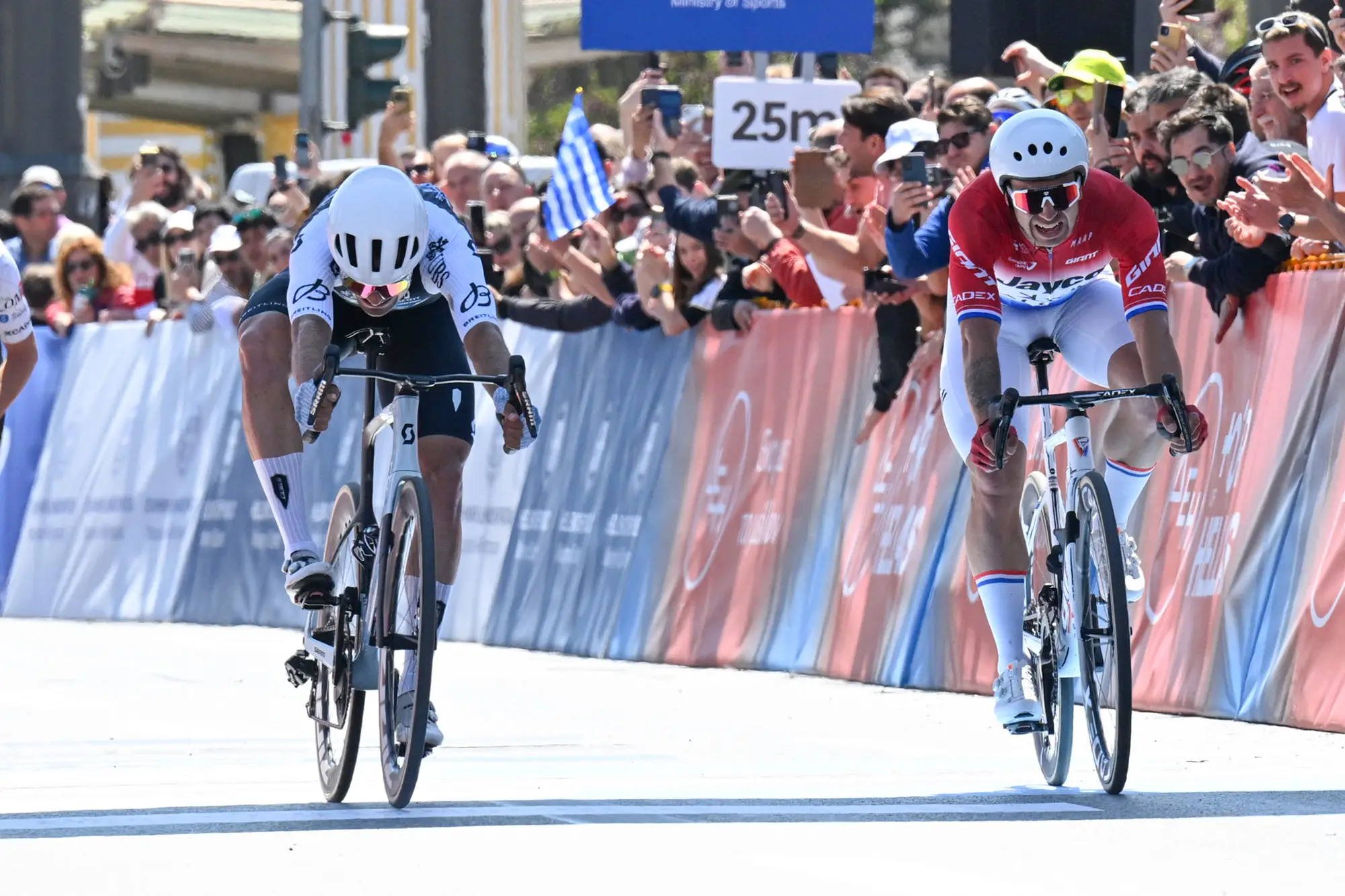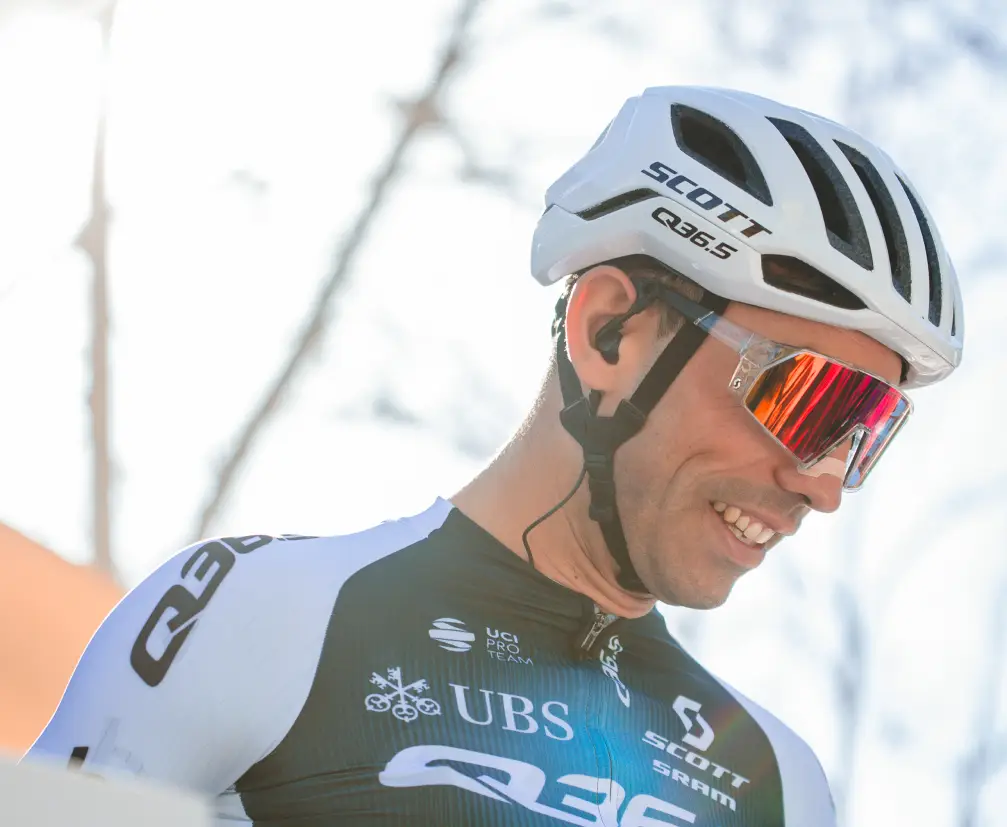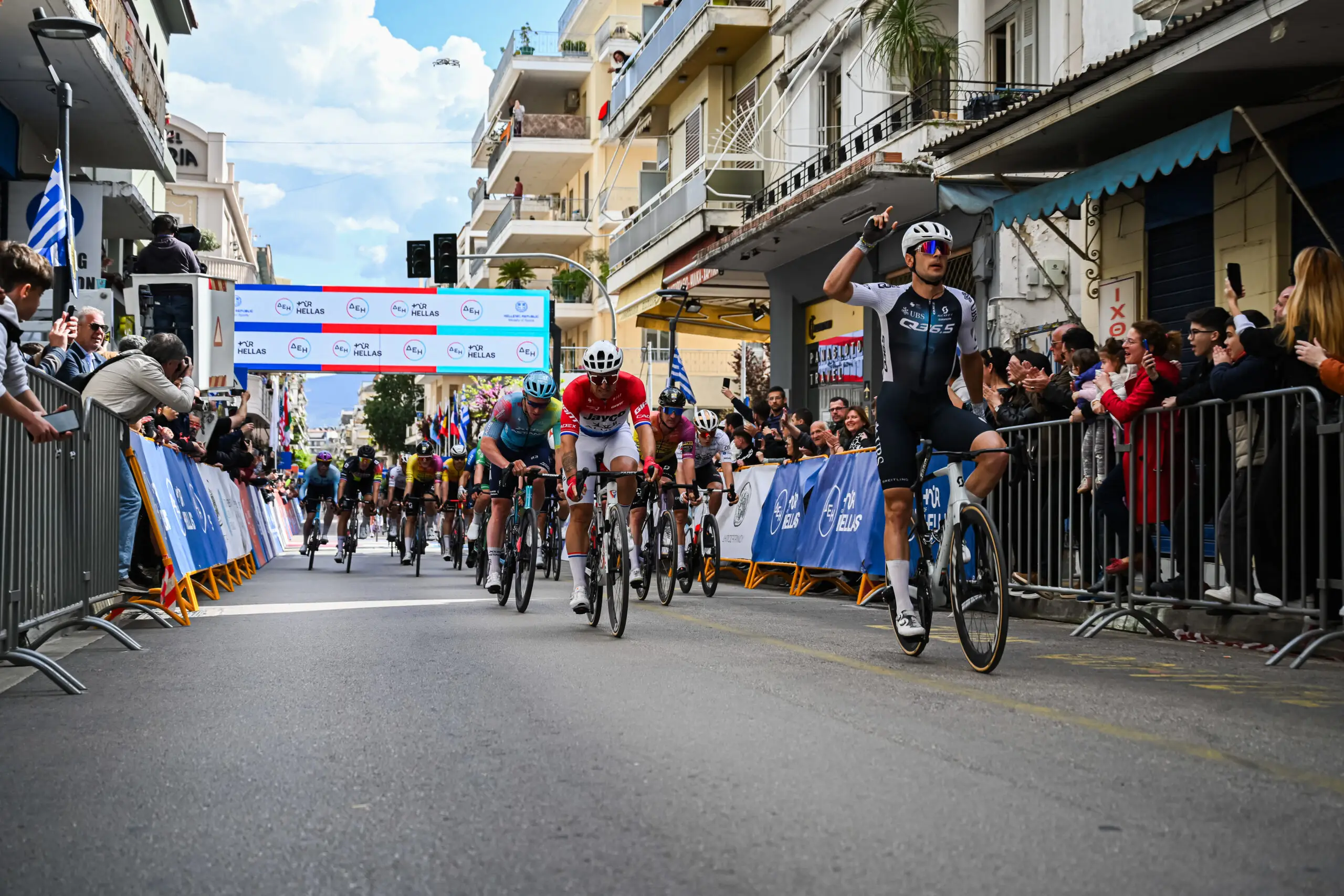News
Unveiling the CORE Sensor: Revolutionizing Cyclist Performance with the New Heat Strain Score
In the high-stakes world of professional cycling, understanding an athlete’s physiological responses is the key to unlocking peak performance. Enter the CORE body temperature device, a revolutionary tool that delivers unprecedented insights into how cyclists regulate heat in various environments. Q36.5 Pro Cycling Team was an early adopter of the technology with all the riders and coaching staff making great use of CORE to elevate performance.
25 July 2024.
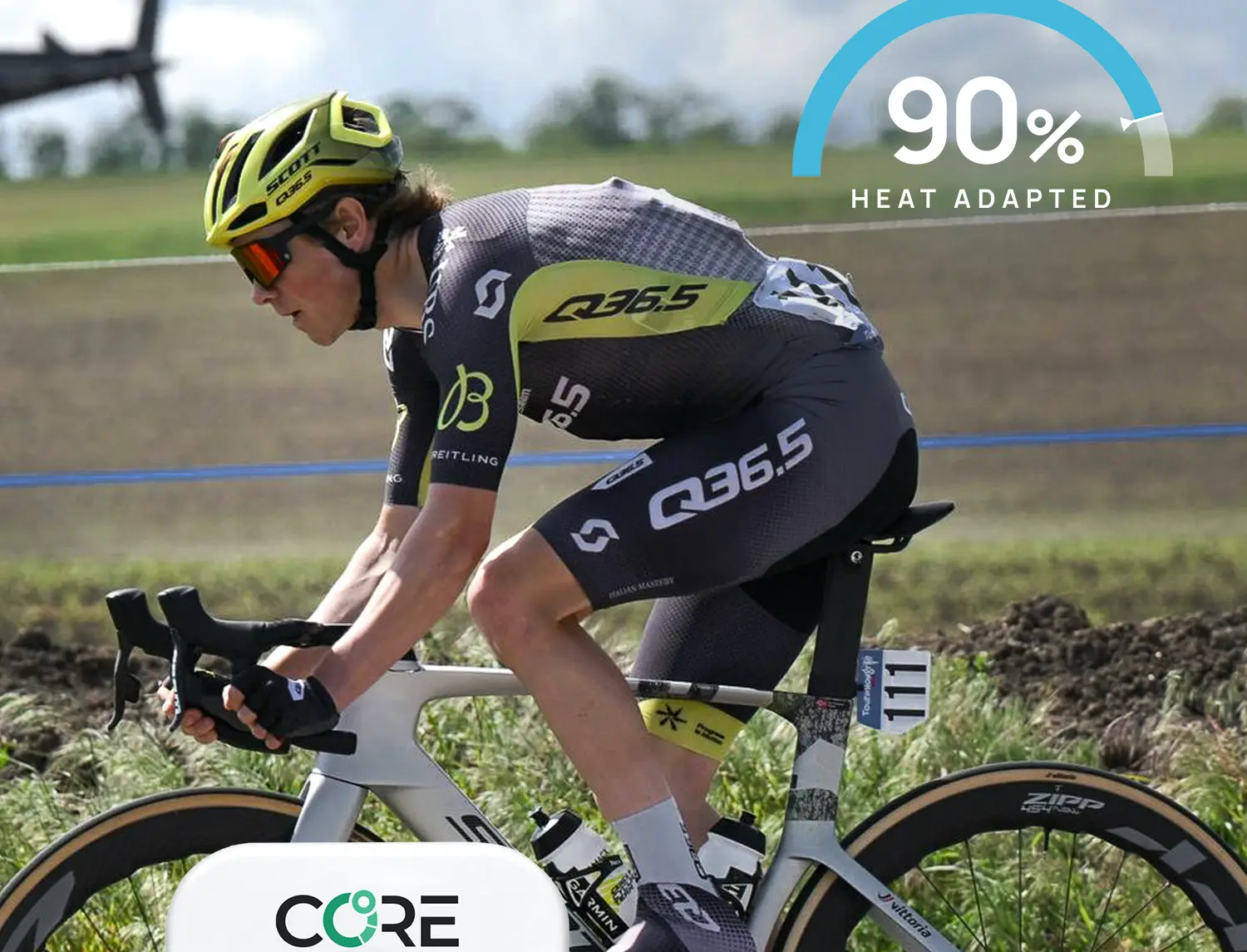
The latest innovation from CORE, the Heat Strain Index, offers invaluable data on the delicate balance between core body temperature and skin temperature, transforming how our team approaches training and competition.
Carles Tur, coach of the Q36.5 Pro Cycling Team, highlights the significance of this breakthrough: “The Corebody temp sensor not only allows us to understand the physiological response inside the body but also to understand the impact of the cyclist’s thermoregulatory capacity in different environments, thus the Heat Strain Index marking provides valuable information on the heat dissipation ratio between the internal environment (core body temp) and the skin temperature.”
The CORE sensor’s features cater to both athletes and coaches. With the upcoming app update, Q36.5 Pro Cycling Team coaches will gain access to the heat adaptation score and heat training load of their riders. If riders share their CORE sensor data, coaches can monitor these stats directly in the app.
“The Heat Strain Index allows us to precisely evaluate each cyclist’s physiological response in different scenarios. By closely monitoring core temperature, we can gauge how heat impacts performance. While an increase in core temperature above 40ºC can indicate high energy output and isn’t always alarming (Racinais et al., 2019), a simultaneous spike in skin temperature can signal performance impairment and cardiac drift (Périard et al., 2021), ” concluded Tur.
The adaptation score is a “dose”-based metric, which means it’s based on how much a rider has trained under heat strain rather than the rate of heat adaptations. This score, though it varies individually, provides valuable insights into a rider’s heat training load.
"Seeing my adaptability improve through CORE gives me a huge confidence boost."
For the Q36.5 Pro Cycling Team, the CORE device is now as essential as the bike itself.
Team rider Carl Frederik Hagen shares his experience: “I’ve used the CORE device in every training session since joining the team. It’s become as vital as my heart rate monitor. By tracking my body temperature under various conditions, I can see how my skin temperature compares to my core temperature. This is especially crucial when preparing for races in warm climates. Seeing my adaptability improve through CORE gives me a huge confidence boost. The new Heat Strain Index is amazing for pinpointing where I stand and what I need to work on to avoid losing power in extreme heat.”

The new Heat Adaptation Score
The CORE device’s features cater to both riders and coaches. With the upcoming app update, coaches will gain access to the heat adaptation score and heat training load of their riders. If riders share their CORE sensor data, coaches can monitor these stats directly in the app.
The adaptation score is a “dose”-based metric, which means it’s based on how much a rider has trained under heat strain rather than the rate of heat adaptations. This score, though it varies individually, provides valuable insights into a rider’s heat training load.
The new Heat Adaptation Score empowers cyclists to track their heat adaptation progress, showing how well they’ve acclimated to heat on a scale from 0 to 100%. This score is derived from an evidence-based formula based on extensive independent scientific research and refined in CORE’s research lab. Frequent exposure to heat strain induces heat adaptations, and the Heat Adaptation Score is based on the heat strain accumulated during daily training sessions. CORE’s Heat Training Load, ranging from 0 to 10 each day, measures this strain, calculated by the time spent in elevated Heat Strain Index zones (Heat Zones 2 & 3).
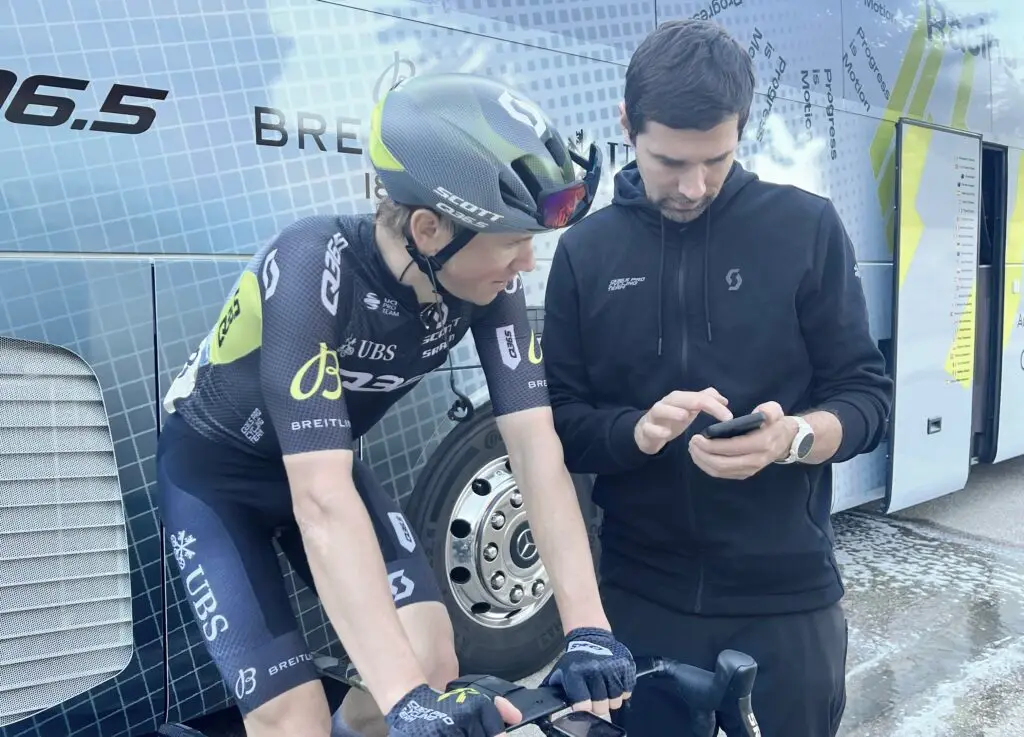
On days with an adequate Heat Training Load, the Heat Adaptation Score will increase. A higher load translates to greater heat adaptation benefits.
For more detailed information on the new adaptation score and how it can boost performance, explore these articles:
– Boosting Your Heat Adaptation
The CORE device and its innovative Heat Strain Index are set to shape how cyclists train and compete, offering deeper insights and optimized performance in challenging conditions. With tools like these, the future of Q36.5 Pro Cycling Team is more dynamic and data-driven than ever before.
